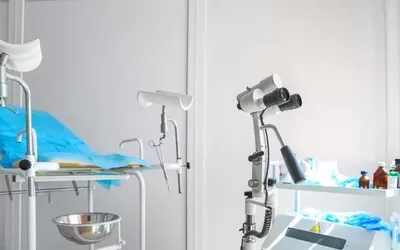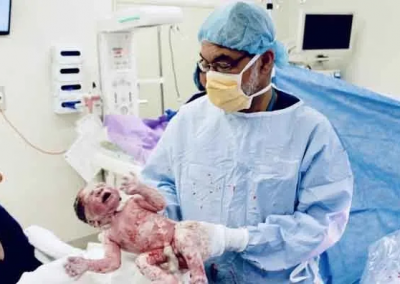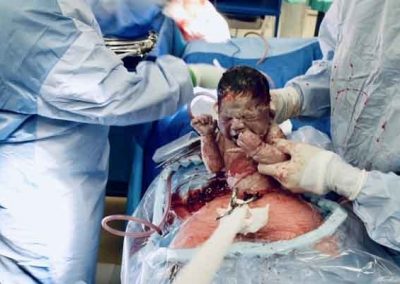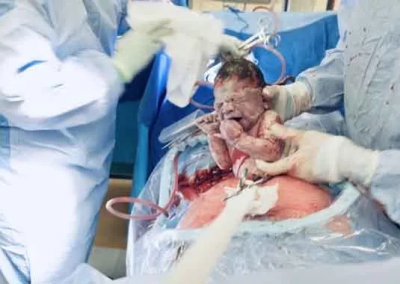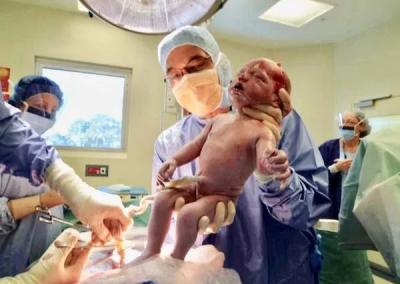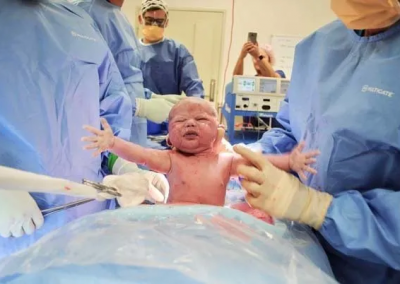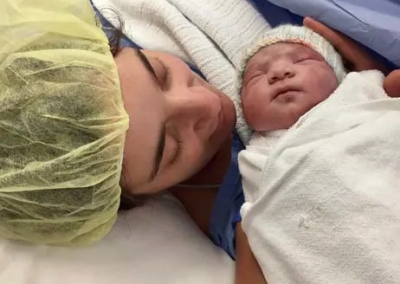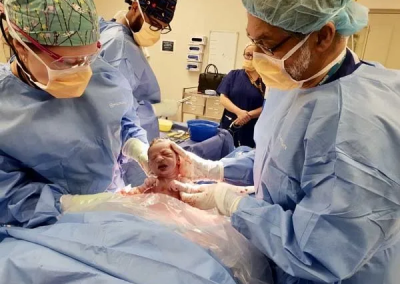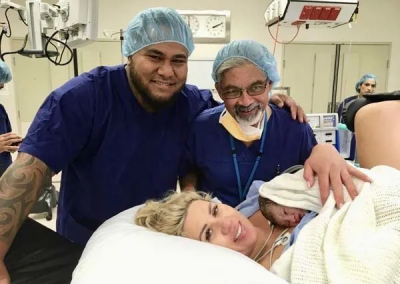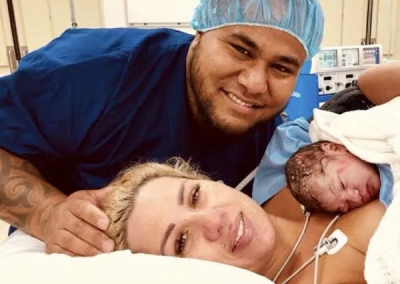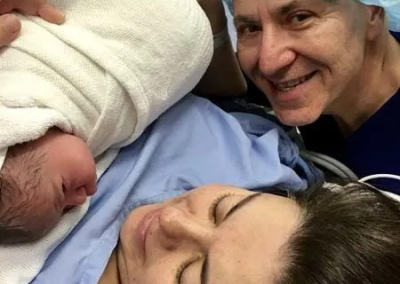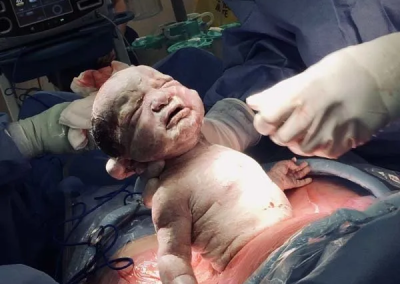
Fertility Treatment in Bundoora
Focused on Patients
Tilak is a highly skilled gynaecologist with many years of experience and has advanced gynaecological services for women. He believes in specialised and patient-tailored care.
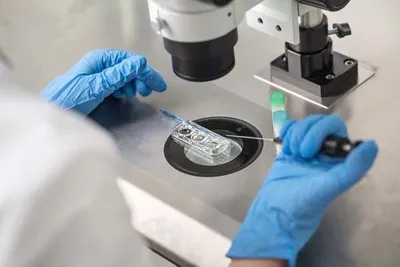
Infertility
Tilak offers a range of infertility treatments, which include ovulation induction for patients with Polycystic Ovarian Disease, treatment of Endometriosis, and In Vitro Fertilisation (IVF), through Monash IVF. He has over 25 years of experience in this field.
Ovulation Induction
In patients who are not ovulating, ovulation can often be induced with simple oral medication. If a patient does not respond to oral medication, she may need treatment with a course of injections. Patients with Polycystic Ovaries occasionally need a laparoscopic procedure to restore ovulation.
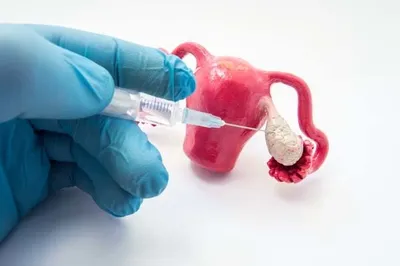
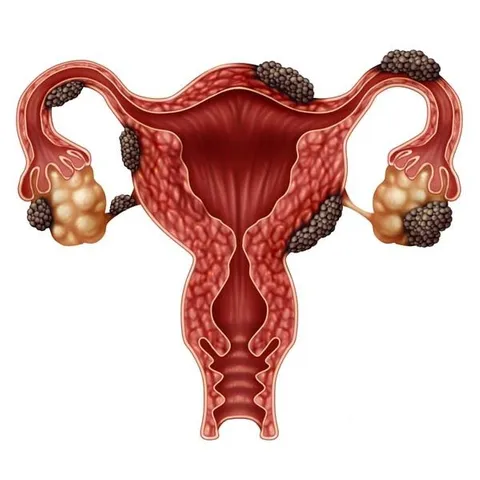
Endometriosis
Endometriosis is a condition where the lining of the uterus is found outside the uterus. It is a common cause of infertility and is treatable with laparoscopic surgery.

In Vitro Fertilisation (IVF)
IVF is a process where fertilisation of the egg happens outside the human body. It is widely used for patients with tubal damage, low sperm counts, Poly Cystic Ovarian Syndrome and unexplained infertility.
Tilak has a long-standing association with Monash IVF, a world-wide pioneer of this technology. Monash IVF were responsible for the first IVF human pregnancy in the world.
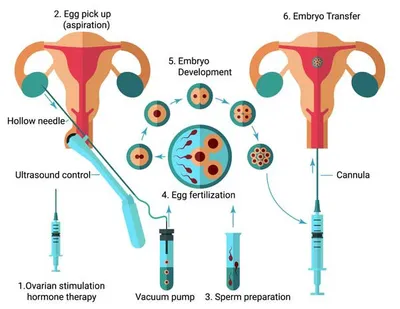
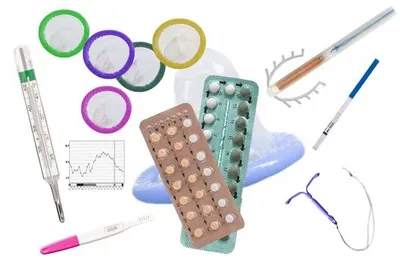
Contraception
Contraception is the prevention of unplanned pregnancy. Tilak has had many years of experience counselling couples.
Tilak also performs several contraceptive procedures including insertion of the Mirena intrauterine systems and Implanon NXT rods.
He also performs sterilisation procedures, which include modern techniques which are designed to minimise risk of ovarian cancer.

Menstrual Disorders, I.E. Heavy Bleeding
Heavy vaginal bleeding can affect one out of every five women at sometime in their life. Heavy bleeding is often accompanied by severe abdominal cramps, headaches, and fatigue. Eighty percent report avoiding sex and sixty percent have missed social or athletic events and even work because of this burdensome problem. Any blood loss that interferes with a person’s life is excessive.
Some women only realise that their periods are heavy when they are found to be iron deficient.
There are a few medical disorders that can cause heavy periods (e.g. fibroids). Fortunately, these disorders are easily identified with blood tests and an ultrasound scan of the pelvis, which are best done immediately after your period and usually organised by your G.P.
Heavy periods can be treated with oral contraceptives or with minimally invasive surgery.
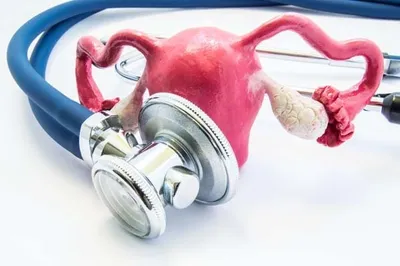

If you’re not planning future pregnancies, there are many more options in the treatment of heavy periods.
Endometrial ablation: a simple day procedure where the lining of the womb is removed with an energy source. This short procedure is done under anaesthetic and the recovery is usually very fast. After this procedure, women can usually return to work or resume their normal activities within a day or two. Around half the women who have undergone endometrial ablation have no further periods after the procedure and others experience a substantial reduction in bleeding.
Tilak has over a decade of experience with global endometrial ablation techniques. It is a great alternative to hysterectomy for many women with heavy bleeding.
If a hysterectomy is necessary, Tilak is able to remove the uterus vaginally, without any abdominal incisions, if clinically appropriate.
Treatment of Abnormal Pap Smears
It is natural to feel concerned after receiving an abnormal pap smear result. Tilak understands this. Following a short consultation, an in-clinic colposcopy is performed and the cervix is evaluated. Many women do not require treatment. Others can be treated with a simple day case procedure, either a LLETZ procedure or a cone biopsy.
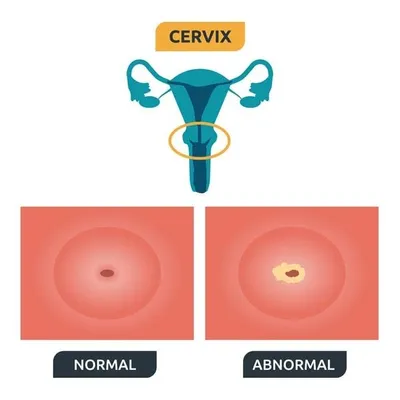
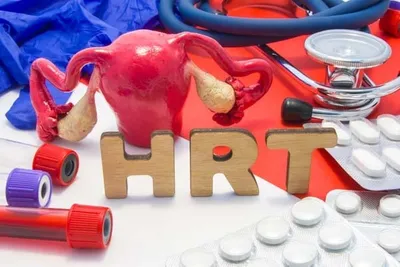
Menopause and Hormone Replacement Therapy
Menopause causes reduction in the natural hormones, oestrogen and testosterone, which can cause many symptoms. These include hot flushes, night sweats, reduced libido, painful intercourse, fatigue, mood swings and depression. Sometimes these symptoms can also occur before menopause.
Tilak will discuss all the available options with you and design a personalised treatment plan to suit you.

Minimally Invasive Surgery
Laparoscopy (also known as keyhole surgery) is a surgical technique where surgery is performed through small incisions in the abdomen. It can be used to treat common gynaecological problems such as ovarian cysts, endometriosis, pelvic pain, polycystic ovarian disease and fibroids. Laparoscopy is usually performed as a day case or on an overnight stay basis. The advantage of laparoscopic surgery is that recovery is quick, usually just a week or two, and less pain medication is required.
Hysteroscopy is procedure in which polyps and fibroids can be treated through the vagina, without any incisions.
Ablation procedures, to minimise heavy periods, are also performed vaginally, without any incisions.
Tilak has been performing these procedures for over twenty years.
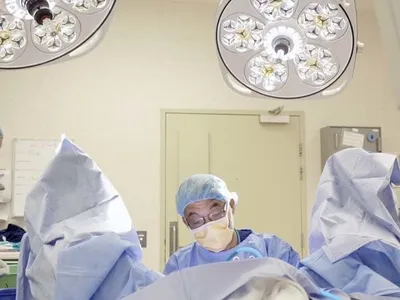
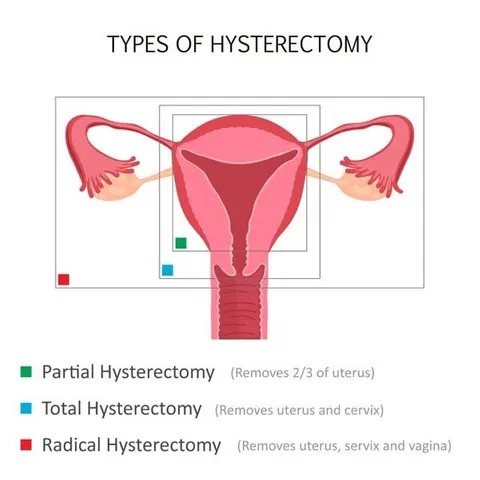
Hysterectomy
Hysterectomy is a common gynaecological procedure. It is the removal of the uterus, often including the fallopian tubes. Rarely, the ovaries may be removed as well.
Hysterectomies are less commonly performed today as there are many simpler procedures available to deal with gynaecological symptoms. However, when it is necessary, hysterectomies can be performed using minimally invasive techniques. Tilak’s preference is vaginal hysterectomy: the removal of the uterus through the vagina, without any abdominal incisions. Tilak also offers abdominal hysterectomy, where the uterus is removed through an abdominal incision, and laparoscopic hysterectomy, where the uterus is removed via keyhole surgery, when clinically appropriate.

Ovarian Cysts
Cysts of the ovaries are common, particularly in premenopausal women. They can cause pain and discomfort. On rare occasions, they can be malignant. Many cysts resolve on their own and do not require treatment. However, when the cysts are persistent, they can be removed laparoscopically. Tilak discusses options with his patients and recommends the best course of action.
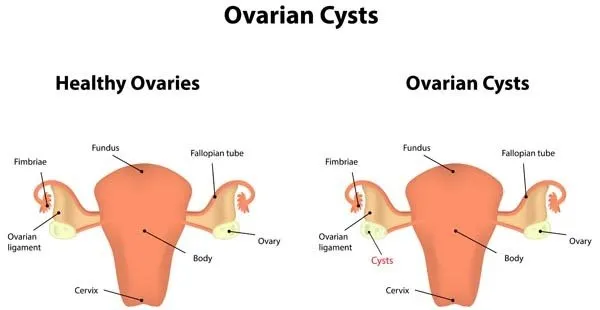
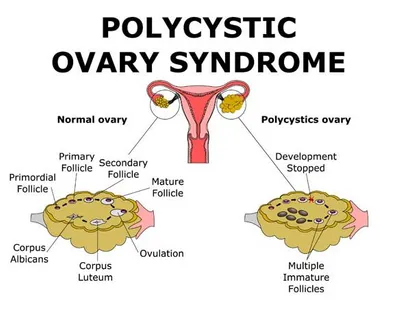
Polycystic Ovarian Syndrome (PCOS)
PCOS is a very common condition, particularly in young women. It can be associated with difficulty conceiving, excess facial hair and/or acne. In most cases, PCOS can be treated successfully with oral medication. Occasionally, laparoscopy may also be helpful.

Lost Mirena Strings
Usually after insertion, a Mirena or any IUCD (Intra Uterine Contraception Device) the strings are visible coming through the cervix. If they are not, it usually means that the strings are in the uterus. Less commonly the IUCD might have been extruded outside the body with the patient not noticing or very rarely, perforated into the abdominal cavity. An ultrasound of the pelvis will usually sort this out.
If the IUCD needs to be taken out, Tilak has a collection of devices that can be used for removal. This can be performed in his rooms without the use of a general anaesthetic.
